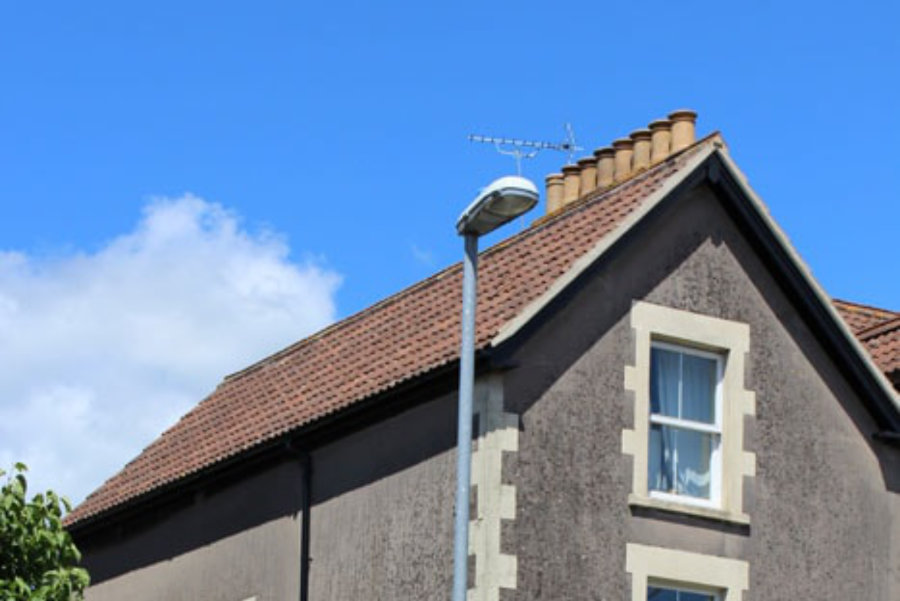In 2015 the BS 5534 code of practice for slating and tiling was amended. This British Standard for the construction industry covers the installation of slates and tiles on new build houses and also applies to general reroofing and roof repair practices.
Although it is not a legal requirement to install a roof in accordance with these regulations, if there is a dispute about the quality of the roof, it may be detrimental to the installer if the disagreement ever went to court and the roof did not meet the British standard.
However, as experienced roofers, we have found some flaws with the updates to the BS 5534 code. The updates make sense when building a roof to meet a standard quality, but only if it never requires maintenance for the remainder of the roof’s existence, this is not very likely.
The main driver behind this update was an increase in extreme weather throughout the UK and to bring British roofers in-line with European standards. The main four areas that were affected were tile fixings, mortar bedding, underlay and battens on all newly constructed roofs.
Tile fixings
The new code of practice instructs roofers that all single-lap tiles should be mechanically fixed to the roof battens. Previously, all perimeter single-lap tiles and alternate courses of tiles were fixed. This meant that when repairs where needed, a line of tiles could be removed, by sliding the unfixed tiles upwards to release them, so that a roofer could walk up the roof safely and without the need of a roof ladder. It also meant that when tiles needed ot be replaced, you could slide out the offending tile and replace it.
Under the new regulations however, anyone carrying out maintenance to failed tiles will have to break at least one of the surrounding tiles in order to replace the original tile. Whilst this may not seem a major issue, this doubles the expenditure of any repair.
Mortar bedding
The updated code of practice states that the use of mortar as a sole means of fixing verge or ridge roof tiles was deemed insufficient. A new type of mortar was insisted upon, using a mix of 1:3 of cement to a suitable grade or bland of sand. Also, all tiles that were bedded with this new mortar mix now had to be accompanied by a mechanical fit, such as a plastic trim.
There is no doubt that the mortar mix that roofers were using on new build sites will not have been strong enough if they used the brickies silo mix, but to say that mortar is no longer adequate as a solo fixing is ridiculous.
Our big issue is the over reliance on plastic trims for perimeters. How long will these trims last and is the use of plastic environmentally sustainable?
Conclusion
We foresee that in 20-30 years, when these new build roofs require maintenance, these new short-sighted regulations will prove to be a hindrance and not a solution. Only time will tell if we are right.
Why choose West Country Tiling
Contact us if you need a re-roof or a roof repair that requires an experienced team. Please get in touch on 01373 462 224 or by emailing us on info@westcountrytiling.com.

